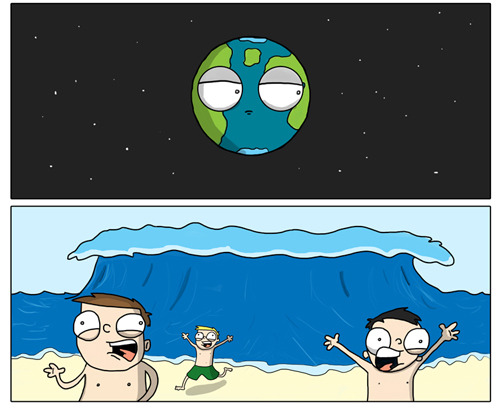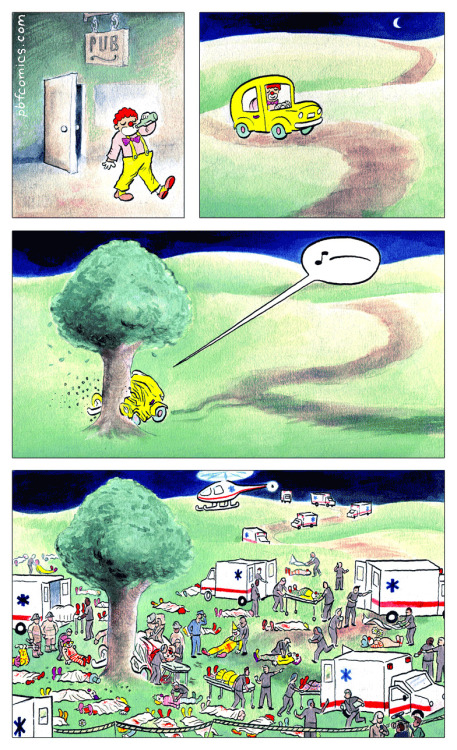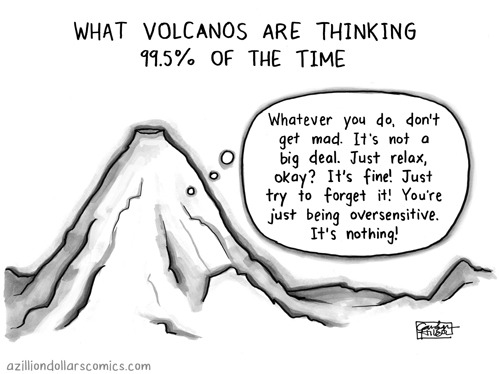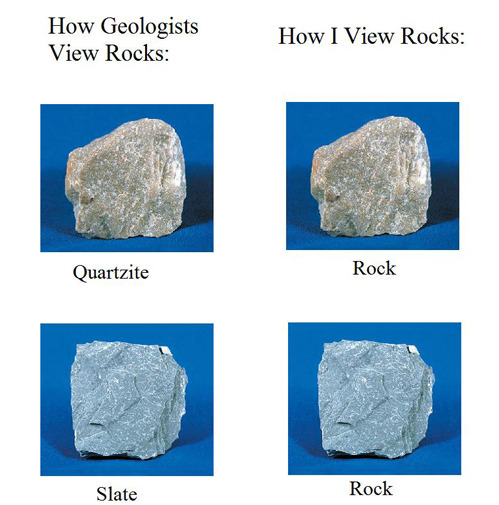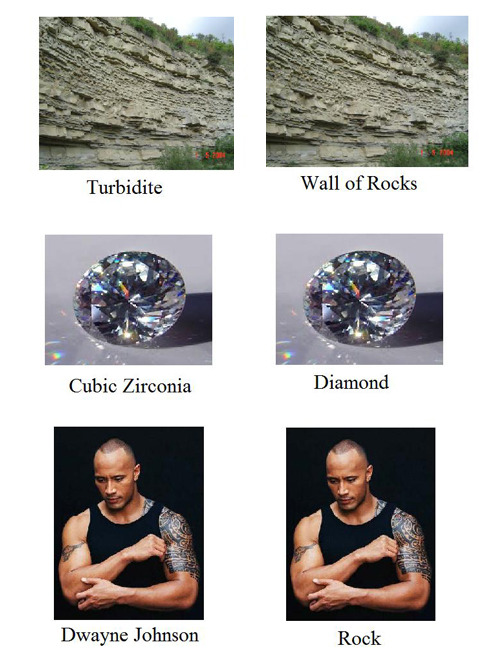Intruding against the older, cold breccia, the basalt in the dike at the same spot as yesterday formed a chilled margin: a markedly finer-grained layer where the magma quenched and solidified immediately upon emplacement. If you look at the first photo in yesterday's post, it's pretty obvious, especially on the left side of the dike; this is just kneeling down and looking at it from an oblique angle. In this particular case, the chilled margin tells you nothing that isn't immediately obvious from other clues. Hopefully, though, within the next few weeks, I'll have some nice photos- and maybe hand samples- of a situation where the chilled margins of intrusions provide a useful relative dating tool.
Photo unmodified. September 21, 2010. FlashEarth Location.
Is This Your Hat?
11 years ago
















